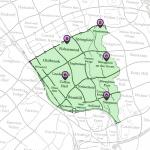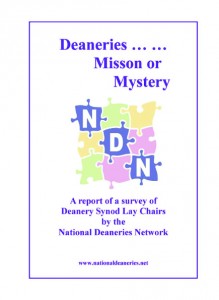 The Church of England collects a huge array of information about its parishes, from attendance figures to census results. Bev Botting, Head of Research and Statistics told us that this information is most useful to the parishes themselves – who can use it to think about their own mission. She’s excited about the way good data can help local churches identify key opportunities and challenges – and respond with new projects.
The Church of England collects a huge array of information about its parishes, from attendance figures to census results. Bev Botting, Head of Research and Statistics told us that this information is most useful to the parishes themselves – who can use it to think about their own mission. She’s excited about the way good data can help local churches identify key opportunities and challenges – and respond with new projects.
Her team have been producing “Parish Spotlights” over the past couple of years, which give a brief summary of significant information for local churches.
She told us about one parish in which the local vicar discovered, to his surprise, that there were many single mothers. He set up a new mums and toddlers group which met a need he hadn’t even known was there! It was only thanks to the statistics from Parish Spotlights that he even knew there was a problem!
Bev Botting and her colleague, Charlotte Aughey, met the NDN Steering Group in May. The discussion focussed on how the Church of England can serve the needs of deaneries in their Mission Action Planning. What information do deaneries need, and how should this be presented?
The group will be meeting with them again in July to look at real examples and discuss ways forward with this. If you have any thoughts and ideas, please contact us in the usual way. In the meantime, the existing data can be found at: Church of England Web Site Statistics


